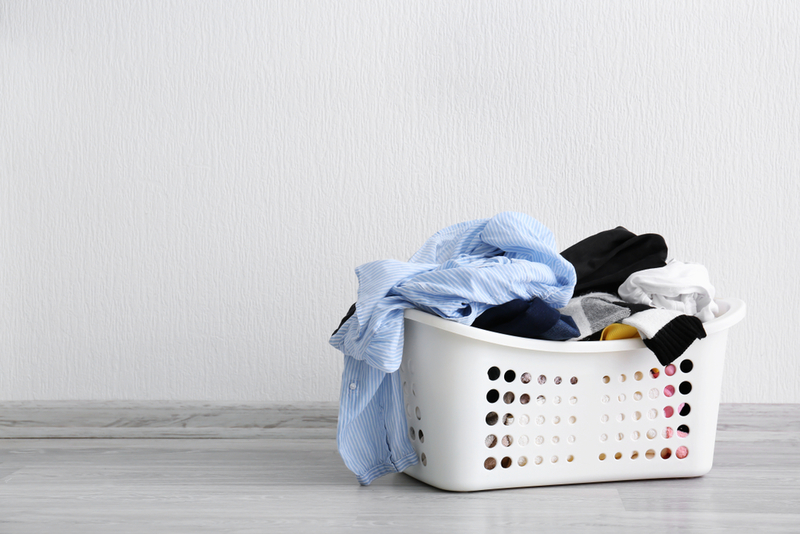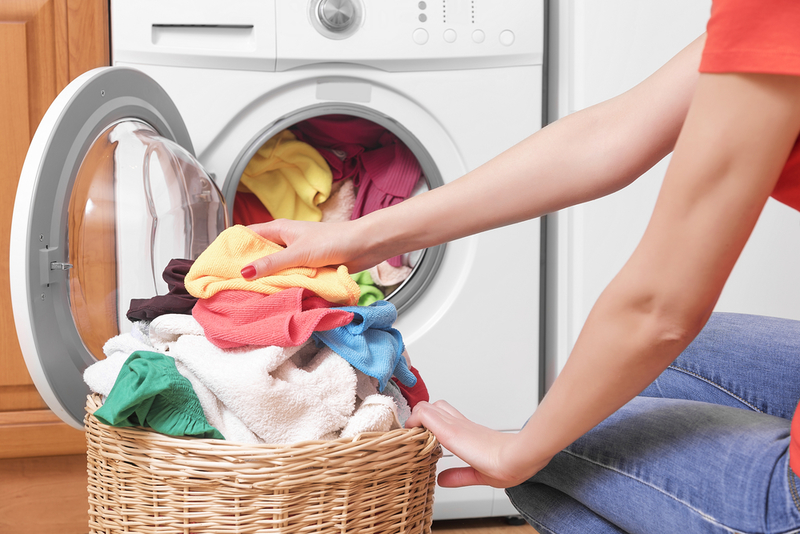After a century of washing and drying clothes, the GH Cleaning Lab presents 7 tips for making your clothes look better than new. As everyone knows, doing laundry can be such a chore. Putting dirty clothes into the basket, carrying the basket to the washing machine, wash, dry, repeat ad nauseum.
Whether you like it or not, it must still be accomplished, unless you don’t mind smelling like a fly party. What if there was a way to do it more efficiently, so you don’t have to suffer from the boredom and the dreary repetitiveness?
Carolyn Forte, director of the home appliance and cleaning products lab of the Good Housekeeping Institute, has a lot of insight to impart. From proper detergent usage to fighting persistent stains, these eight do’s and don’ts of effective laundry can save the day from descending into utter lethargy.

Here are some do’s:
Have a stockpile of quality detergent
Some detergents may not be worth your money or are actually substandard in quality, so an all-purpose choice is needed. Persil ProClean is highly suggested by Forte, as it works well regardless of water temperature and maintains the look of your clothing. Stains and tricky spots like collars and cuffs are also covered by ProClean, given that you apply it before washing.
Always use the right amount of detergent
While the prospect of a chore done quick seems enticing, not using the proper amount can actually add more work. Forte says, “Using too much detergent isn’t any better than using too little.” “Too much detergent can leave residue on your clothes and even trap soils,” she added. Follow the guidelines on your detergent’s packaging, especially if you’re handling bulky laundry.
Wash delicates inside out. Piling clothing articles such as leggings and sweaters or ones that are prone to fading ones such as denim and black tops must be turned inside-out before washing. According to Forte, not only does it shield the delicate parts from abrasion and snagging, but it also prevents dark colors from fading from wear and tear. Don’t concern yourself about those clothes because most of the dirt is actually inside, so it really helps to turn these things inside-out.
Give them a good shake before drying
It is very important that no two items are jumbled together. Forte says, “It takes a few more minutes, but if you shake everything out, it’s going to be less wrinkled and tumble better in the dryer.” In addition, this will spare you from spending a while longer from ironing them.
Before we get to the don’ts, here’s a little something on oil stains that Forte has for you. “The faster you get to stains, the better chance you have of getting them out,” Forte shared. If you’re going to deal with oil stains, here’s Forte’s three-step method: Apply a little dish soap on the affected area, then wet it, rub it in dollop, then rinse. Before washing, use something like Persil ProClean to pretreat the stain once more. Go about your usual laundry routine.

Don’t forget these few handy don’ts.
Don’t overburden the machine
While it is a lovely thought that you’ll be able to do one big load in just one cycle, your clothes need room to move in order to get sufficiently cleaned. Turn to your machine’s manual for proper guides, or if you’re just gonna wing it, three-fourths of the capacity should be enough.
Don’t treat fluffy items like regular clothes
If you’re drying fluffy stuff like blankets, jackets, down pillows, you know they get really clumpy when wet. According to Forte, put in something like a tennis ball, clean sneaker, or some drying balls in order to preserve these items’ insulating capabilities. To get the most out of your laundry experience, Forte recommends going extra: “Take the item out of the dryer and fluff it every once in a while. Feel around for clumps, and break them up before putting the item back in the machine.”
Don’t take any stabs in the dark (or play the guessing game)
Have you ever wondered which clothing colors go with which? It’s much better to test dark colors first, which is done by dropping a few drops of water on it. According to Forte, if it doesn’t bleed, then it’s colorfast and you can lump it with the whites. “If the color starts to bleed, put it in with other darks or wash it separately in cold water,” she said.